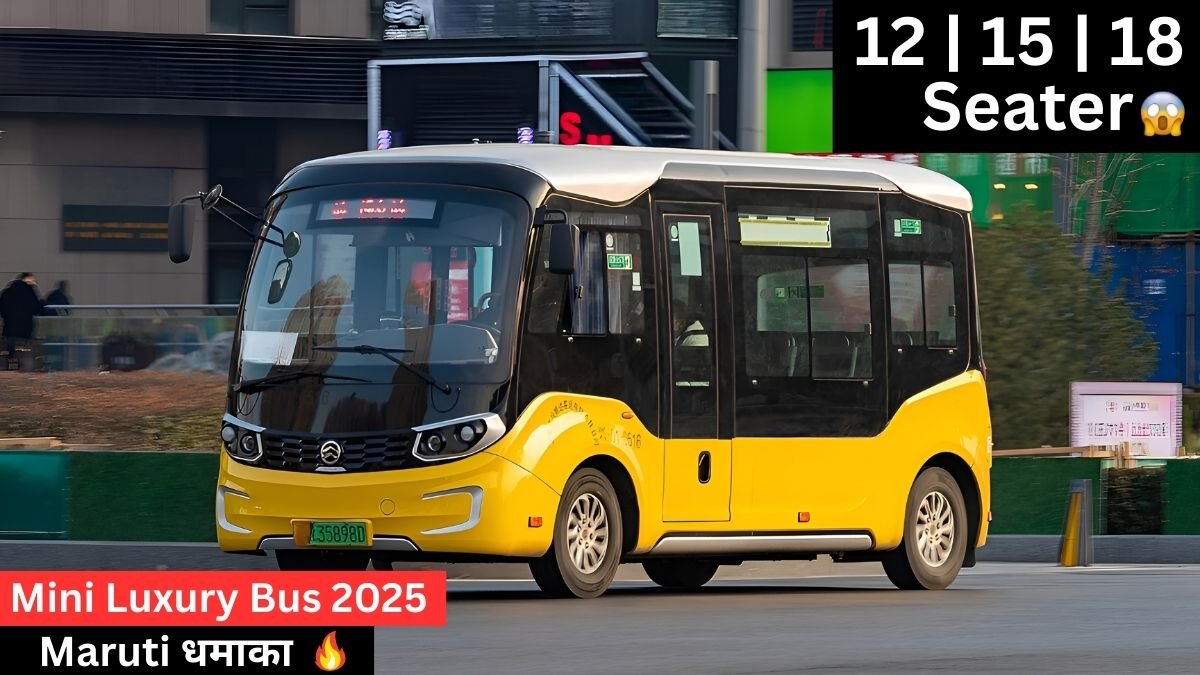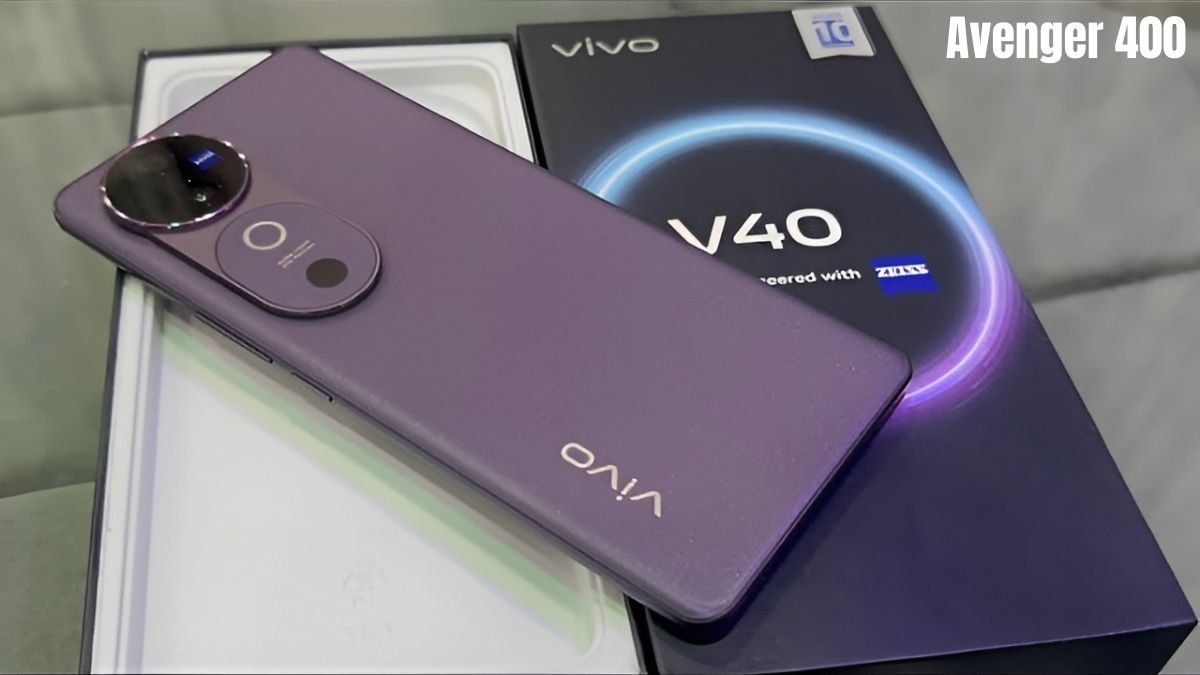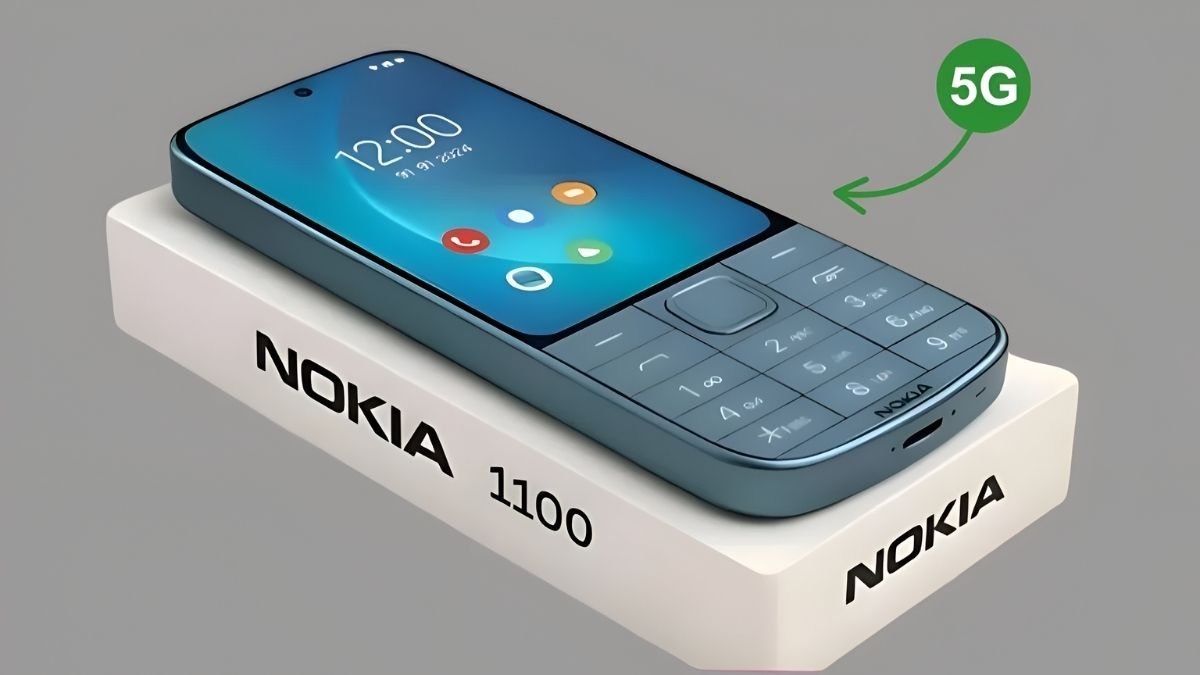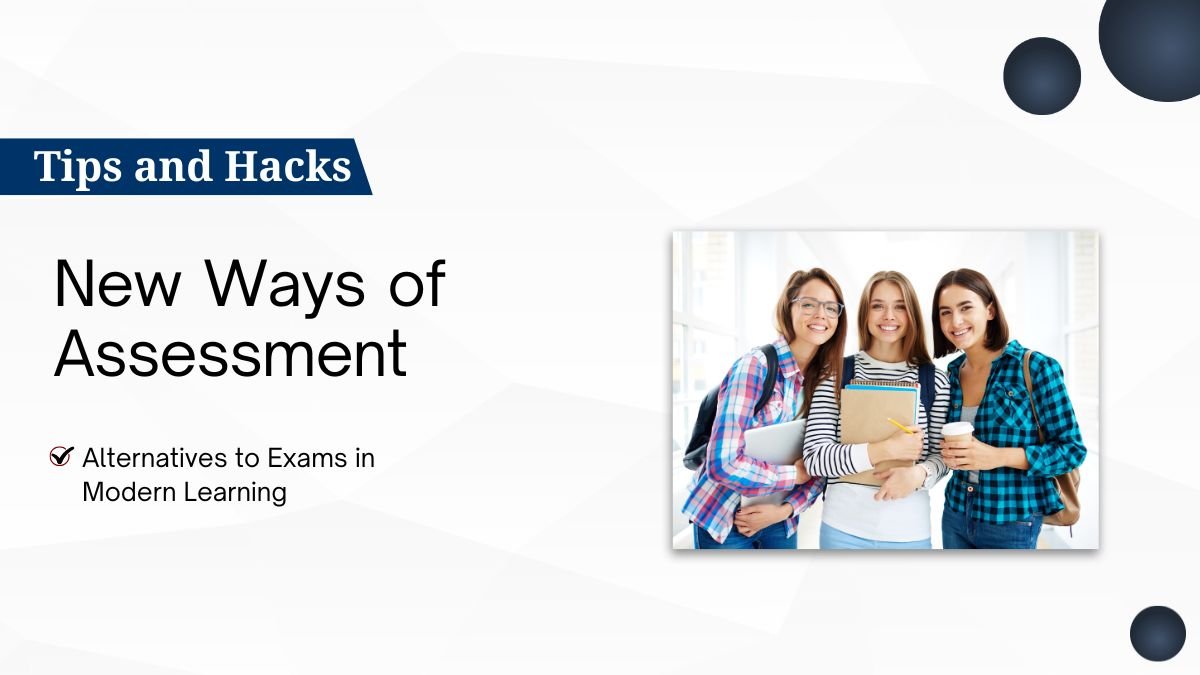Smart Classrooms and Digital Boards: An Educational Transformation
Modern education technology has revolutionized teaching and learning. Smart classrooms and digital boards are not just tools; they transform how lessons are delivered, making them interactive, personalized, and accessible. Students are no longer passive listeners—they actively participate, while teachers benefit from enhanced teaching and assessment capabilities.
1. Enhancing Engagement and Active Learning
a) Interactive Content
Digital boards and smart classroom tools allow teachers to display videos, animations, and interactive exercises to clarify abstract concepts.
Examples:
- Science: Showing layers of the Earth through animation.
- Mathematics: Solving problems on an interactive map displaying geographical data.
b) Student Involvement
Students engage with the digital board to solve problems and participate in group projects.
Examples:
- History: Students place events on a timeline.
- Mathematics: Students offer solutions to equations on the board.
c) Experiential Learning
Technologies like Virtual Reality (VR) and Augmented Reality (AR) allow immersive, hands-on learning experiences.
Examples:
- Virtual visit to a volcano or outer space.
- Exploring a 3D model of a cell in biology.
2. Personalized and Differentiated Instruction
a) Tailored Lessons
Digital tools allow teachers to customize lessons according to students’ learning pace and needs.
Examples:
- Provide additional practice for slow learners.
- Assign challenging activities for advanced students.
b) Real-Time Feedback
Smart classroom technology provides instant formative assessment and analytics, enabling targeted support.
Examples:
- Instant identification of errors in math quizzes.
- Audio feedback for pronunciation improvement in language learning.
3. Enhanced Collaboration and Resources
a) Seamless Collaboration
Technology facilitates collaborative projects and resource sharing, promoting teamwork and communication skills.
Examples:
- Group projects using Google Workspace or Microsoft Teams.
- Data sharing and analysis in science projects.
b) Access to Digital Resources
Teachers and students can access online resources, e-books, and educational videos, going beyond traditional textbooks.
Examples:
- Virtual museums for history classes.
- Interactive maps and data visualizations for geography.
4. A Shift Towards Data-Driven Teaching
a) Monitoring Student Progress
Smart classroom software tracks student participation and performance in real time.
Examples:
- Identifying students actively answering questions.
- Spotting students lagging behind in activities.
b) Adaptive Teaching
Teachers can adjust lesson plans and strategies based on data to support all students effectively.
Examples:
- Providing extra practice for struggling students.
- Reassigning roles during collaborative projects for better team outcomes.
5. Further Benefits of a Smart Classroom
- Active and data-driven learning: Students become active participants rather than passive listeners.
- Extensive resource access: Digital platforms broaden learning beyond textbooks.
- Collaboration and teamwork: Students develop leadership and communication skills.
- Preparation for modern careers: Digital literacy and technical skills prepare students for the future.
Conclusion
Smart classrooms with digital boards are not merely technological tools—they transform teaching and learning. Students actively participate, teachers deliver data-driven instruction, and classrooms become interactive, collaborative, and relevant to real-world contexts. B.Ed students must recognize that smart classroom technology is a key tool for engagement, learning, and motivation, essential for modern education.









